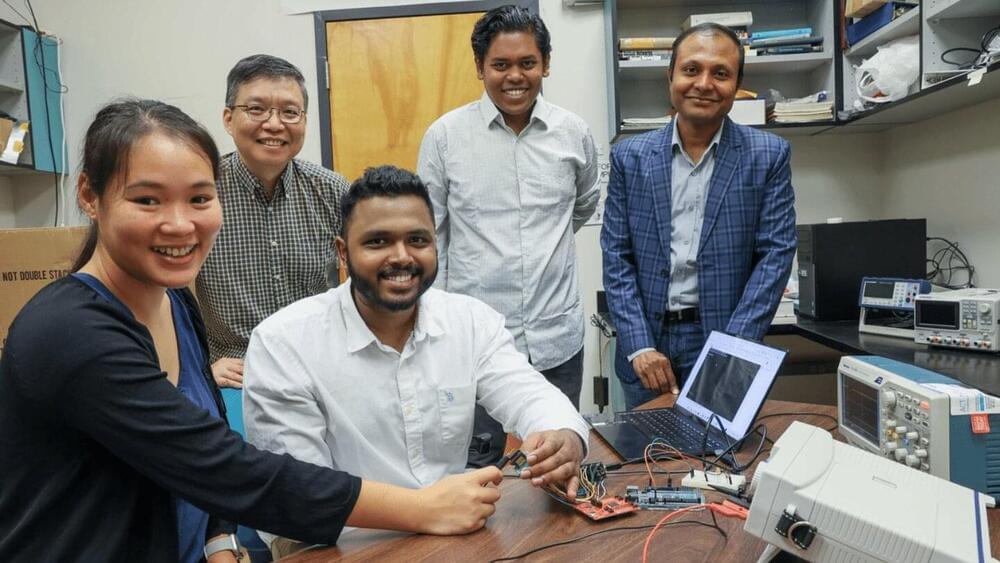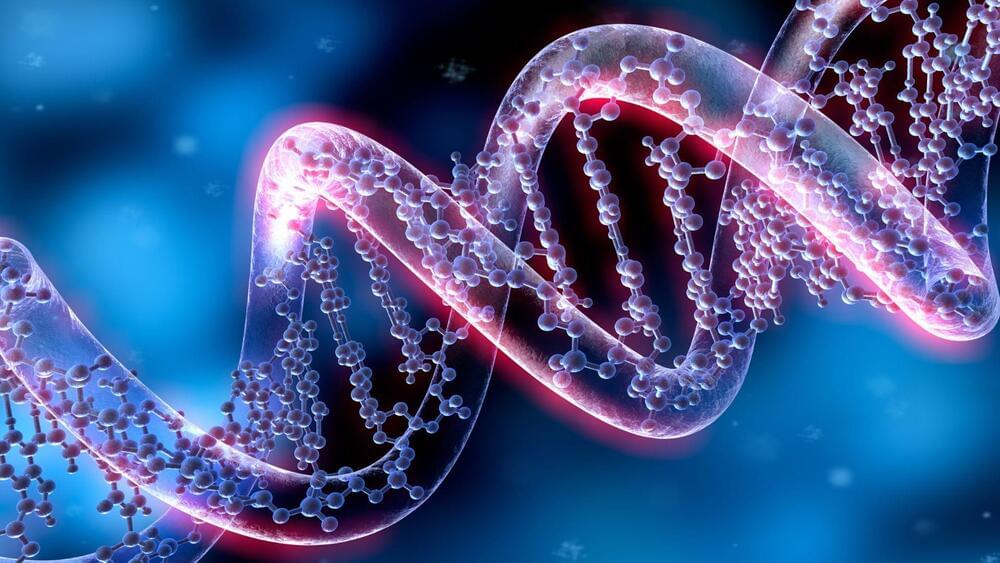The findings reportedly uncovered 475 web pages of elaborate ransomware products and services, alongside many high-profile groups aggressively marketing ransomware-as-a-service (RAAS).
Forensic Pathways also identified 30 different “brands” of ransomware, with some known names such as BlackCat, Egregor, Hidden Tear and WannaCry having been successfully used in high-profile attacks.
The research also suggested Ransomware strains used in high-profile attacks command a higher price for associated services.









